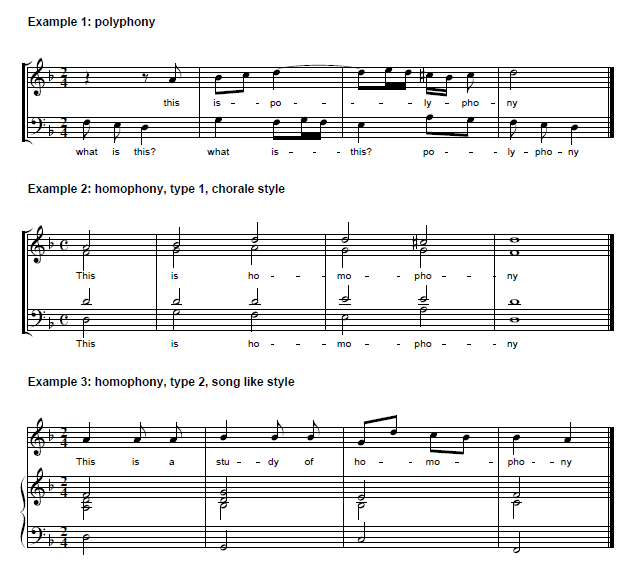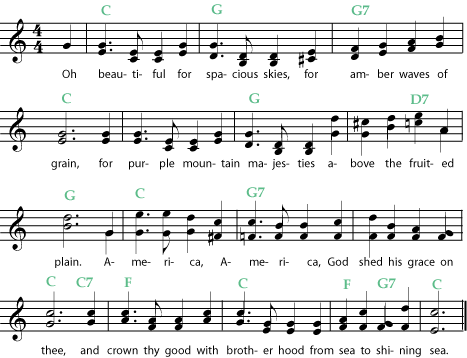

There are many short episodes throughout the piece (one example being at around 1:10), but the feeling of polyphony is created even through the usage of a countermelody overtop of the subject, which is seen in the piece at almost any given point when there are two overlapping parts (even when the alto voice has the subject and the soprano is doing a countermelody at 0:20). For the sake of simplifying things, we’ll use Bach’s Fugue in G minor again for this example.

In a fugue, this is called an episode, and is used to transition to a new section and modulate keys. While not referred to as the “subject” in musical theatre pieces, it is clear that the imitative polyphony in one is comparable to imitative polyphony in a fugue.Īnother type of polyphony is non-imitative, which features distinct melodic lines overlapping. In a fugue, this idea that is passed around is called a subject. The first part of the sheet music can be seen below. Likewise, in the bottom right clip, the idea of imitative polyphony is heard very strongly in Johann Sebastian Bach’s Fugue in G minor (sheet music below). Although this piece is obviously based on a fugue, as shown by the name, it is a good example of how imitative polyphony can be used in a musical theatre piece.

The subject is stated in one voice, and then gets passed along to two different voice parts. For example, in Frank Losser's Guys and Dolls, imitative polyphony has a heavy presence in the song "Fugue for Tinhorns". Imitative polyphony (a main idea that is passed through different voices) can be used to emphasize text while also filling space. In musical theatre, polyphony can be used in many different ways.


 0 kommentar(er)
0 kommentar(er)
